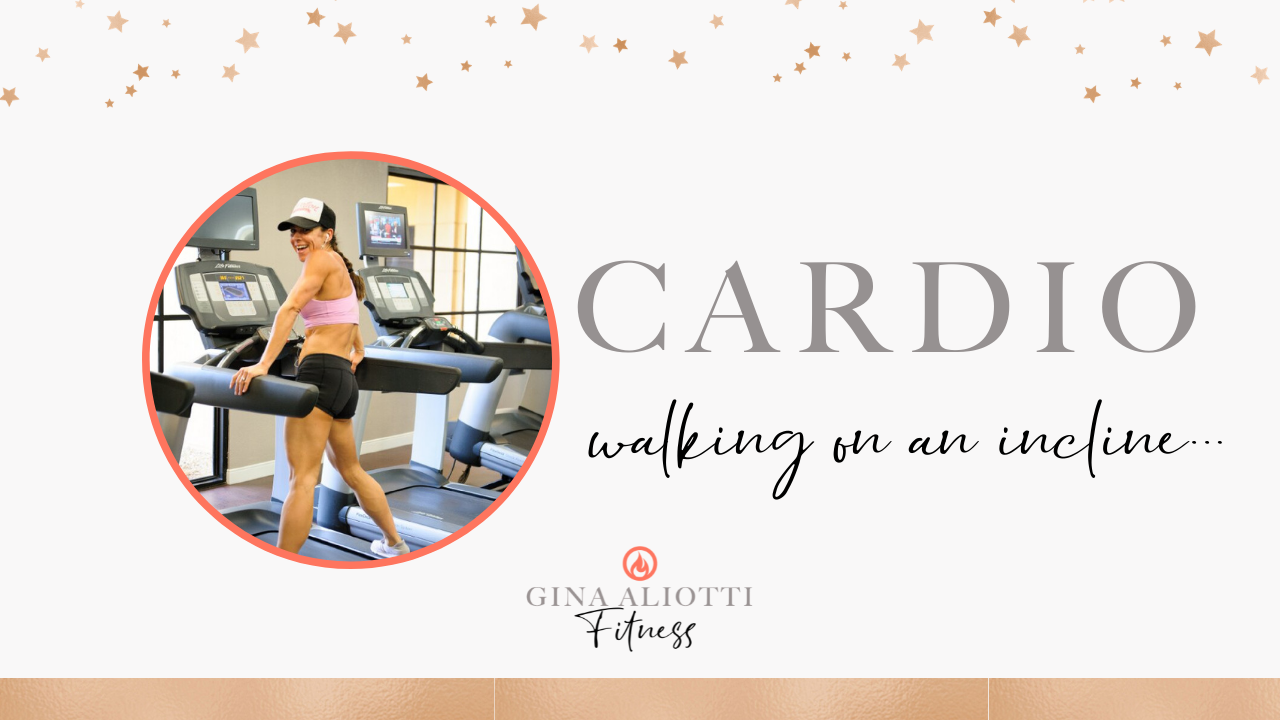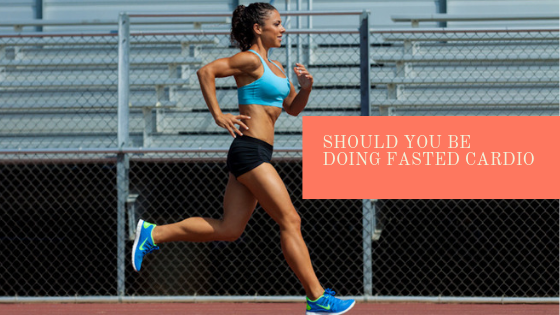So many people are confused about the best zone for optimal and ideal fat loss. People believe that once we step outside of the fat burning zone (65-80% of maximum heart rate), we have stopped burning fat. If you better understand the physiology, things will become more clear. In deed, fat burning happens at all levels. You can also use a interval training method that will bring you in and out of that traditional zone and allow you to utilize calories efficiently. First of all, do you understand how the body utilizes fuel, in the first place?
Our bodies utilize three main sources of fuel: Fats, carbohydrates and proteins. For the purpose of energy production, fats are converted to fatty acids and are utilized in the presence of oxygen. (Aerobic—with oxygen, I always thought of this as being in an aerobics class, causes you to need oxygen when you are breathing hard, right…) If not used for fuel, fat is stored in adipose tissue. Carbohydrates, on the other hand, are processed differently than fat in the body. First, carbohydrates are broken down into simple sugar called glucose, some of which is readily available in the bloodstream and some of which is stored for fuel in the muscles as glycogen. Hence when your glycogen stores are full, how much fuller and harder your muscle bellies look! 🙂 However, again, if the body has more glucose than it can store in the muscles and liver, it too will be stored in adipose tissue as fat. (If there is too much water in the up, it is going to spill over, isn’t it?!) Lastly, we have proteins. Proteins are broken down as amino acids and are used primarily for growth and repair of tissues. If not used, amino acids will be stored in adipose tissue just like the rest of our excess fuel. Although they can be used as fuel, proteins are not commonly used by the body during exercise, amino acids are not as readily available as, the other two sources of fuel (fatty acids–fats– and glucose–carbs–).
Because we are always breathing, the body is constantly using fat as a fuel source. However, an average resting heart rate is around 60-75 beats per minute (which is in the range of 30-40% of an adult’s maximum heart rate). Therefore, the amount of calories being expended and the amount of fuel needed to create this energy is very low. As the heart rate increases, however, a body will utilize more fat as fuel. A range of 65-80% of the adult maximum heart rate has been adapted as the “fat burning zone” because oxygen is moving through the body at a high enough rate that fat “burning” is high (i.e. using fatty acids as an energy source).
In the first few minutes of cardiovascular exercise, the body is actually in oxygen debt. Oxygen debt means that exercise has begun, but the heart has not yet been able to pump enough oxygen to the muscles to utilize fatty acids as fuel. Therefore, glycogen that is stored in the muscles (which is converted to energy when there is no oxygen available) acts as the main source of fuel for the body until the aerobic process can take over. You may notice when you first begin cardiovascular exercise a slight burn in you muscles. That is because lactic acid, a byproduct of using glycogen as fuel, has built up in your muscles. Once the oxygen demand has been met, however, you get into your aerobic zone, utilizing fatty acids for fuel. Have you ever noticed the burn in your muscles after a higher carb day, hence your glycogen stores are fuller and readily available!
Once your body has climbed past a certain heart rate (typical anaerobic threshold is between 86-92% of your maximum heart rate), you will again be without oxygen, once again! This is known as “anaerobic training” and you will go back to using glycogen, stored in your muscles, as your primarily source of fuel
It has been thought that once the body is in the anaerobic zone, you stop burning fat. This is the myth we must bust wide open today. Once your body has begun burning fat, the Krebs cycle (the cycle used in the breakdown of fatty acids), is in a perpetual cyclical motion. Once it enters anaerobic training, the muscles then switch over to glycogen for fuel. However, that does not mean the fat burning process stops! In other words, glycogen will kick in as the ready fuel source, but the Kreb’s cycle keeps spinning. The body is burning a full-size portion of calories utilizing glycogen, and meanwhile the Kreb’s cycle is continuing to utilize fatty acids.
After a short burst of anaerobic activity, however, I suggest you bring down your heart rate to a sustainable aerobic level allowing the body to recover. By doing so, the Kreb’s cycle to will have an opportunity to gain momentum and the quickly depleted glycogen stores will be replenished. Typically, a Recovery period should be double the time spent in anaerobic interval. So if you sprint for a minute seconds your recovery should be 2 minutes. The key to utilizing maximum calories in fat and carbohydrates is to go in and out of this cycle of anaerobic/aerobic activity, until exhaustion.
Example Anaerobic/Aerobic workout:
1. Warm up – Warm the muscles with very light aerobic activity and then lightly stretch the muscles to prevent injury. After your stretches, slowly bring the heart rate to 65% of your maximum heart rate. (Five minutes.)
2. Begin training – Stay in the aerobic zone, gradually increasing your heart rate to 80% of your maximum. (Fifteen minutes.)
3. Intervals – Five sets of anaerobic/recovery intervals. (Anywhere from 10 minutes to 15 minutes depending on your fitness level).
4. Cool down – Lowering the heart rate to full recovery (65% or lower). Finish off with static stretches. Stretching is imperative after this type of exercise. You will have ample lactic acid buildup in your muscles which stretching will help to dissipate. If you have a foam roller, I highly suggest using that after your workout as well. If you do not have one, invest in one!
Don’t forget that a similar workout will tap your body’s fuel sources so be sure to replace the depleted blood glucose with carbohydrates. (Protein shake, carbs and a piece of fruit is a perfect replenishing meal!)
Have fun and enjoy it!





This is a great article. Thanks Gina! Just last night a friend of mine at the gym asked me if I had heard that the “newest research” says you only need to do cardio hard for 10 minutes. She wanted to know what I thought and I just told her it depends what your goals are. She was just so excited about the prospect of doing 10 minutes of cardio instead of 30! It was funny.
My question is about how this falls into the post-training cardio, which by the way I haven’t been doing. You would be proud of me, up every morning for early morning cardio. It just took some time to get rolling in that direction. Can’t say I love it but I do like it because no one is on the machines! 🙂 But I’m just wondering if you are already in the aerobic zone during weight training or probably not? I’m not sure. Just wondering. Or maybe a better question would be…is the set up the same as your example if you’ve already been doing weights?
Thanks for a great article with answers to questions I’ve been having!
Hi Erin, Glad you liked the info! That is a coincidence you had that conversation just yesterday! I am so proud of you for getting up every morning.. you have turned into quite an early riser!! That’s my girl! You will start to love it and notice that your days just aren’t the same without doing it first thing, if you haven’t already! The second best time to do cardio is post workout because you are burning up that glycogen during your weight training workout but weight lifting is not aerobic but anaerobic, for the most part… You do deplete stores though so it is the second best time. The a.m. cardio does get your metabolism set for the day and that is why I love it as #1. You will notice on days you do a.m. cardio vs. days you don’t how much hungrier you are! Always a pleasure to help in anyway I can! xo
Thanks for the clarification Gina! That answers my question exactly. 🙂 I’m pretty much hungry every day now and it was ridiculous this week how hungry I was. Iris just laughs at me when I’m sitting next to her at work saying, “Can I eat yet? No? Still another hour?!?” She finds it entertaining. And I do wake up in the middle of the night hungry sometimes too. Not all the time but there will be a few days that I’ll do that in a row. Weird! Well, not really but it’s weird to have that sensation so often. Have a nice evening!
you are welcome! I hear you, hungry… join the bandwagon! When people say they can hardly eat a meal or forget to eat, I just don’t get that! I am like you, awaiting my feeding time, all the time! Iris must just get such a kick out of you!! The worst is when it is more than just an hour until the next meal!! ahhhh, but that is where the veggies come into play, hence why I am such a veggie lover! That metabolism is a crazy thing! And people think you have to not eat to lose weight, ummmm quite the opposite, huh! Hope you have a great night too! 🙂